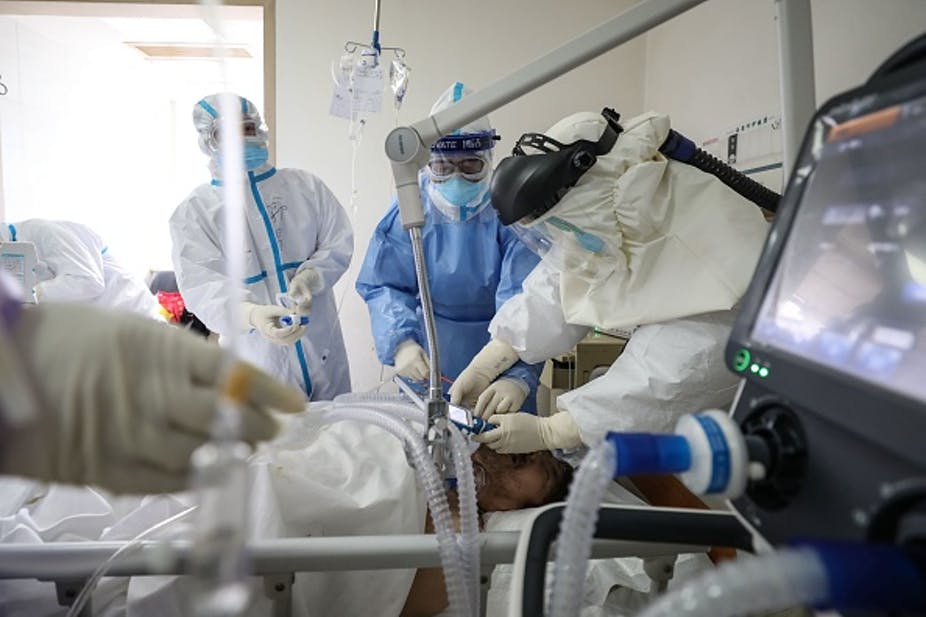One out Of Every 3 Children Experiencing Child Labour. – Report
Written by Derrick Asaba on June 11, 2021
According to the recent findings from the Uganda National Household Survey 2019/2020 report, there is an indication that one in three (28%) children experience child labour in Uganda.
This, therefore, implies that the number of children aged 5-17 in child labour nationally has doubled from 14 per cent that is about 2,048,000 out of 14,984,929 children since the last report conducted by UNHS of 2016/17.
The tidings also come shortly after the release of a new report by the International Labour Organization (ILO) and UNICEF ahead of World Day against child labour on June 12 that portrays a rise in the number of children in child labour to 160 million worldwide ― an increase of 8.4 million children in the last four years.
The former statistical data was confirmed by the Permanent Secretary at the Ministry of Gender, Labour and Social Development, Aggrey David Kibenge on the commemoration to mark the World Day against child labour this year at the Uganda Media Centre in Kampala on Friday.
Kibenge attaches the hike in the number of children under child labour by 2020 to the prevailing circumstances posed by the noble COVID-19.
“School closures and loss of incomes accelerated by the COVID-19 pandemic have exacerbated the problem of child labour as many children have been forced to enter the workforce in order to help their families survive,” Kibenge said.
This was ahead of this year’s celebrations which will be held scientifically at Hotel Africana with a few guests and telecasted on Television in adherence to the Standard Operating Procedures (SoPs) prescribed by the Ministry of Health to curb the spread of COVID-19.
Speaking at the same event, the Food and Agriculture Organization of the United Nations (FAO) representative in Uganda, Dr Antonio Querido applauded the government of Uganda for continuous efforts made toward eliminating child labour by 2025.
Querido noted that agriculture and food security interventions can contribute to poverty reduction in the country but can also provoke a negative impact if not treated carefully.
“Agriculture and food security interventions have the potential to produce positive impacts on the situation of children and are already contributing to children’s survival and healthy nutrition. However, these interventions can have positive but also unintended negative impacts on children,” Querido noted.
Querido further noted that engaging in agriculture instead of going to school, children’s development, future of their families, communities and the nation as a whole is compromised. He nonetheless showed optimism on ending Child labour in the country through different ways FAO has partnered with Uganda in, since 2016.
With the situation at hand, Kibenge revealed that the government has taken drastic steps to eliminate child labour through legislation, policies and programmes notably the National Action Plan (NAP) II 2020/2021 – 2024/2025 finalized this year on May 1 which creates a framework for the prevention, protection, rehabilitation and reduction of risk of children withdrawn from child labour.
This year’s celebrations will be held under the theme, “Act Now To End Child Labour” which is based on the United Nations General Assembly (UNGA) resolution adopted in 2019 that declared 2021 as the International year for the elimination of child labour. The sole purpose of the resolution is to encourage legislative and practical actions to eradicate child labour worldwide.






